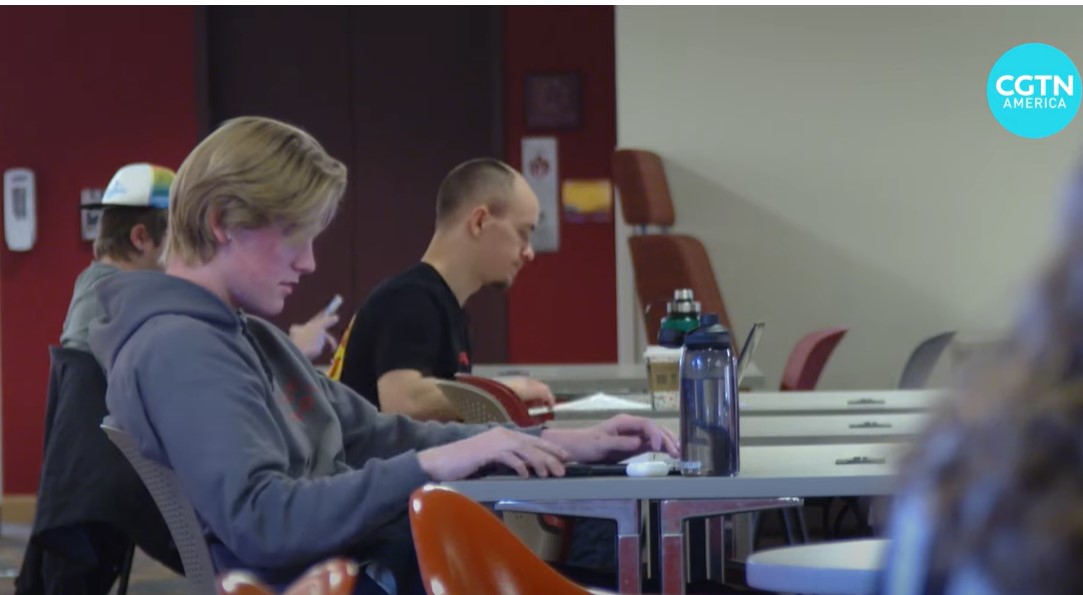It was bound to happen that chatbots would invade the classroom, not only as the sources for information generated by artificial intelligence—we already have that—but as “teachers”.
Harvard University has announced that it will offer a new course on chatbot development, taught entirely by a chatbot. The chatbot, named H.A.R.V.E.Y., was created by a team of researchers and students from the Harvard School of Engineering and Applied Sciences. H.A.R.V.E.Y. stands for Harvard Artificially Responsive Virtual Education Yoda and is designed to provide interactive and personalized learning experiences for students.
The course, which will start in the fall semester of 2023, will cover topics such as natural language processing, dialogue systems, machine learning, and ethics of chatbot design. Students will be able to communicate with H.A.R.V.E.Y. through a web interface, and receive feedback, guidance, and assignments from the chatbot. The course aims to inspire and educate the next generation of chatbot developers, as well as to showcase the potential of chatbot technology for education.
H.A.R.V.E.Y is similar to ChatGPT, but it will function as an instructor on its flagship coding course.
“Our own hope is that, through AI, we can eventually approximate a 1:1 teacher: student ratio for every student in CS50, as by providing them with software-based tools that, 24/7, can support their learning at a pace and in a style that works best for them individually,” CS50 professor David Malan told The Harvard Crimson.
“Providing support that’s tailored to students’ specific questions has long been a challenge at scale via edX and OpenCourseWare more generally, with so many students online, so these features will benefit students both on campus and off.”
The AI teaching bot will operate much as a Graduate Teaching Assistant has done for generations in college courses in all disciplines, providing a more personalized support to the student’s particular needs. In this course the chatbot will offer feedback to students, helping to find bugs in their code or give feedback on their work, Professor Malan said.
Its arrival comes amid a huge surge in popularity of AI tools, with OpenAI’s ChatGPT becoming the fastest growing app of all time since its launch in November 2022.
The chatbot reached 100 million active users within two months of being unveiled, with users enticed by its ability to perform a range of tasks – from writing poetry and essays, to generating computer code, and its use even in the classroom, is spreading exponentially.
It is not only a matter of introducing the latest technology in the classroom, it’s also a fact of life that such technology cannot be excluded from the classroom and therefore its power must be harnessed in the most productive manner possible.
Teachers are scrambling to stay one step ahead of the students’ use of ChatGPT. In order to make sure that they themselves do the work instead of just directing the AI to produce it, they are devising assignments that would make it impossible to cheat. Those who are more savvy are instead coopting the technology and incorporating it directly into their instruction and coursework. Now the chatbot will be instructing students as well.
A recent update for Bard, Google’s version of the technology, has allowed it to not just write code but also execute it by itself, which Google claims allows it to figure out problems on a far deeper level than current generative AI systems.
Accuracy and AI “hallucinations” remain a significant issue with such technology, with Google warning that Bard “won’t always be right” despite the upgrade.
Professor Malan has anticipated these pitfalls and warns the students that they should “always think critically” when presented with information.
“But the tools will only get better through feedback from students and teachers alike,” he said. “So they, too, will be very much part of the process.”
An interesting question emerges: will this feedback, meant to further advance artificial intelligence in the form of chatbots, actually contribute to the obsolescence of human teachers in the classroom?












